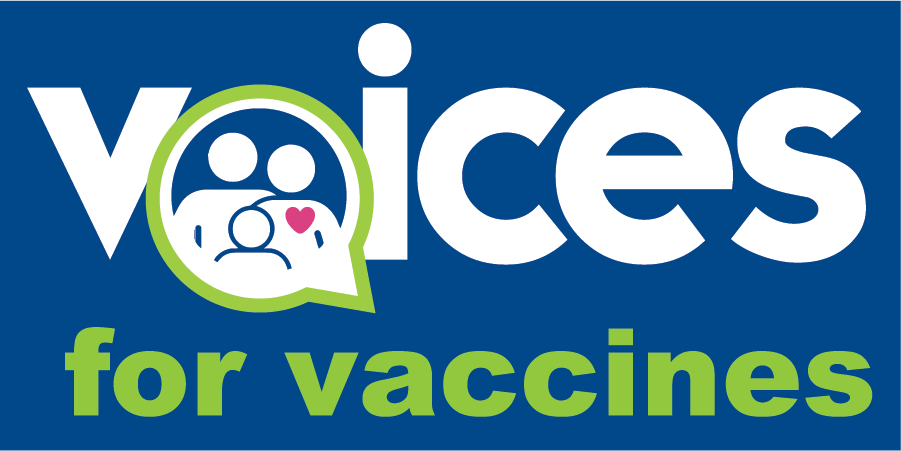The Claim:
In an interview on Face the Nation, Senator and OB-GYN John Marshall claimed that children get 76 vaccines, and they do not need all of them.
The Facts:
Even with combination vaccines and boosters, the total number of injections from birth to age 18 is far fewer than the 76 claimed by the senator. For example, by age 2, a child would typically receive approximately 27 injections, with many vaccines combining protection against multiple diseases.
Booster shots don’t add new antigens to your body; they just remind your immune system how to fight the ones you’ve already been exposed to. Counting boosters as new vaccines can give a false idea of how many different antigens you’re actually being exposed to. The increase in recommended vaccines is about using science to protect public health, not about making money or avoiding liability.
There have been many fantastic rebuttals to the “exploding vaccine schedule” claims over the years. Mainly, we are grateful that we can prevent more diseases now than before.
But even these rebuttals gloss over the fact that the vaccination schedule has grown very, very slowly. One vaccine was dropped from the schedule in the 1970s, two were added in the 1980s, two were added in the 1990s, one was added in the 2000s, and two were added in the 2010s. And, of course, the 2020s brought us COVID and RSV vaccines. Over the decades, age recommendation changes were made, and some vaccines were replaced with newer counterparts.
Overall, the vaccine schedule has expanded by 1-2 vaccines per decade since the 1980s. This slow, methodical, scientific advance of immunization recommendations stands in stark contrast to concerns that vaccines are constantly being capriciously added to the schedule.
Besides, who wants to go back to the days when babies died from Hib epiglottis?


